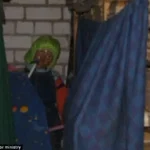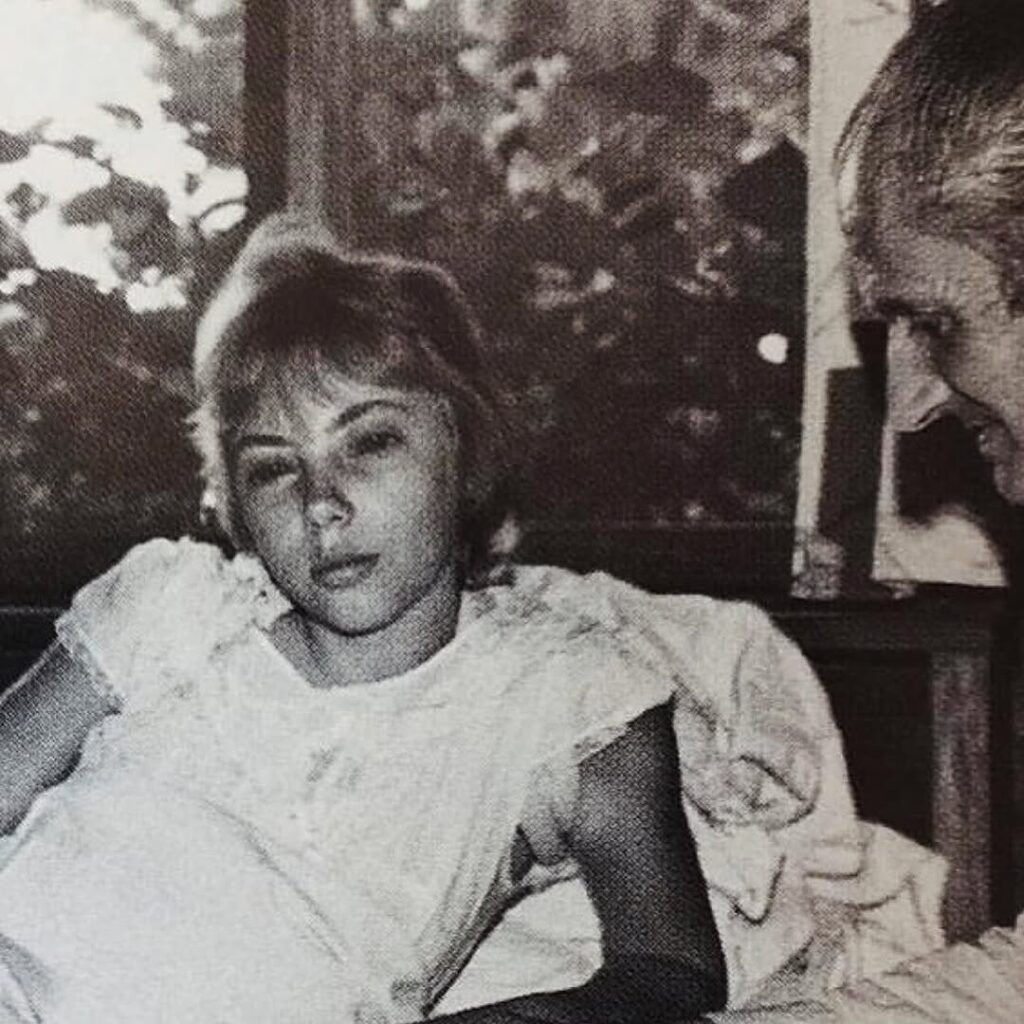
Juliane Koepcke was just 17 when she fell from the sky. One moment, she was sitting next to her mother on a flight over the Peruvian rainforest. The next, she was strapped to her seat, tumbling 10,000 feet through the air after lightning struck the plane.
She hit the jungle with enough force to break her collarbone and shatter her world. She was alone, injured, and surrounded by the vast, unforgiving Amazon. For the next eleven days, she fought to stay alive, wading through crocodile-infested waters, battling infection, and searching for help.
This is the story of how she made it out.

What is Juliane Koepcke’s background
Juliane Koepcke was born in Lima, Peru, in 1954. She was the only child of German zoologists Maria and Hans-Wilhelm Koepcke, who worked at Lima’s Museum of Natural History.
At 14, she moved with her parents to the Amazon, where they established the Panguana research station. Growing up in the rainforest, she learned survival skills most teenagers would never dream of needing. She could identify dangerous animals, find safe drinking water, and navigate dense jungle terrain.
Despite her unusual childhood, she still had to follow the rules. The education authorities required her to return to Lima for school, where she graduated on December 23, 1971.
The next day, she and her mother boarded LANSA Flight 508.
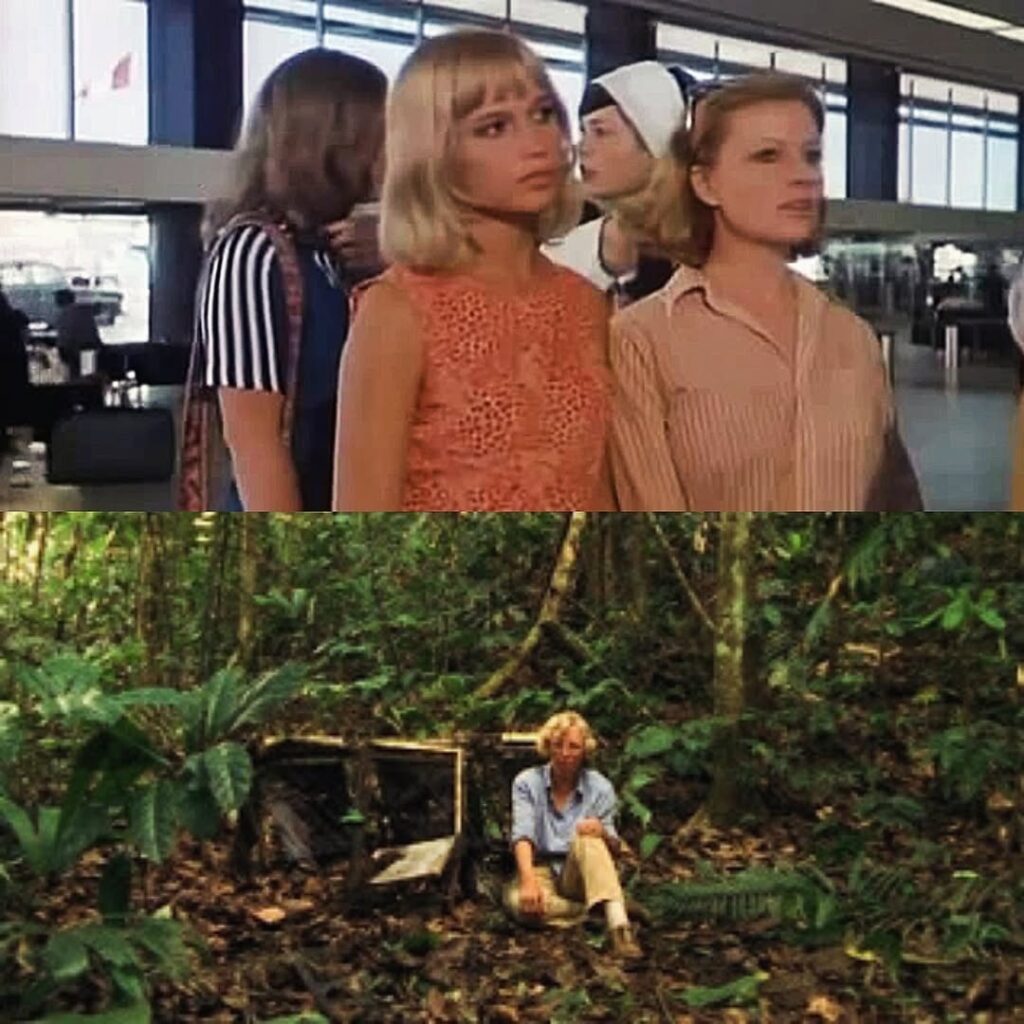
What happened to LANSA Flight 508
On December 24, 1971, Juliane and her mother, Maria, were flying from Lima to Pucallpa to visit her father for Christmas. Their original plan was to leave earlier, but Juliane wanted to attend her graduation.
Her father had warned them about LANSA, a Peruvian airline with a terrible safety record. It was their only option.
Less than an hour into the flight, disaster struck. A violent thunderstorm engulfed the plane. Turbulence rocked the cabin. Passengers screamed as lightning flashed outside the windows.
Then, a bolt of lightning hit the aircraft.
The right wing exploded. The plane began to break apart mid-air.
Juliane felt herself being ripped from the fuselage, still strapped to her seat. She was falling.
She lost consciousness before she hit the ground.
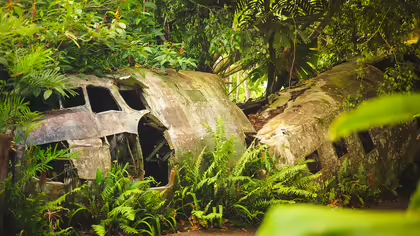
How did Juliane Koepcke survive the fall
Juliane fell 10,000 feet into the Amazon rainforest. Experts believe her survival was due to a combination of factors.
Her row of seats spun like a helicopter, slowing her descent. The thick jungle canopy cushioned her fall. Updrafts from the storm may have reduced her speed.
When she woke up, she was lying on the forest floor. Her collarbone was broken. Her knee was torn open. One eye was swollen shut. But she was alive.
She called for her mother. Silence.
She was alone.

How did Juliane Koepcke survive in the jungle
Juliane knew she had to move. She had spent years watching her parents work in the jungle. Now, that knowledge would save her life.
She followed a simple survival rule her father had taught her. If you get lost, follow water.
Small streams lead to bigger rivers. Bigger rivers lead to people.
She walked, waded, and swam downstream.
Insects swarmed her wounds. She had no food, but she found candy from the wreckage. She sucked water from wet leaves.
On the ninth day, she found a small boat tied near a hut. She poured gasoline over the wound on her arm to kill the infection. The pain was excruciating, but it worked.
A few hours later, local lumberjacks arrived. They treated her wounds and took her by canoe to the nearest village. After an 11-hour journey, she was airlifted to a hospital.
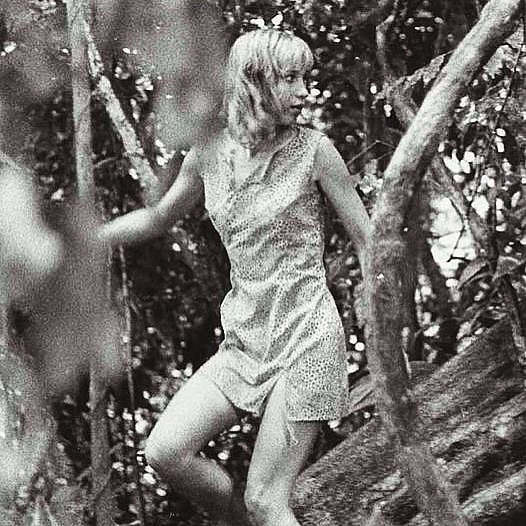
Were there other survivors on LANSA Flight 508
Juliane was the only passenger who walked out of the jungle alive, but she wasn’t the only one who survived the crash.
Fourteen others made it through the initial impact. They were found later, dead in the jungle. Some had severe injuries. Others died waiting for rescue.
Juliane was lucky, but luck alone didn’t save her. She had the knowledge to keep moving.

What did Juliane Koepcke do after the crash
After recovering, Juliane helped search parties find the wreckage. On January 12, they discovered her mother’s body.
She returned to Germany, where she studied biology at the University of Kiel, following in her parents’ footsteps. She later earned a doctorate and became a mammalogist, specializing in bats.

She married German entomologist Erich Diller in 1989 and eventually took over as the director of the Panguana research station.
Today, she works as a librarian at the Bavarian State Collection of Zoology in Munich.

Has Juliane Koepcke written a book
Juliane wrote her autobiography in 2011, titled Als ich vom Himmel fiel (When I Fell from the Sky). It details her survival and the impact the crash had on her life. The book won the Corine Literature Prize.

Was Juliane Koepcke’s story made into a movie
Several films have been made about her survival. In 1974, Miracles Still Happen was released, a heavily fictionalized version of her experience.
A more accurate retelling came in 1998, when German filmmaker Werner Herzog directed Wings of Hope. Herzog had nearly been on the same doomed flight but changed plans at the last minute. He had wanted to make a film about it for decades but only found Juliane after tracking down the priest who had conducted her mother’s funeral.
They returned to the crash site together. She described the experience as a form of therapy.

What is Juliane Koepcke’s legacy
Juliane Koepcke’s survival remains one of the most extraordinary stories of all time.
She was a teenager who fell from the sky, crashed into the jungle, and emerged eleven days later against all odds.

She never saw herself as a hero, but her story continues to inspire millions.





